China is an urbanizing country. In the 40 years since shaking off the planned economy and launching the reform and opening-up period, hordes of country-dwellers have migrated to cities, swelling the ranks of a so-called floating population that numbers some 245 million people.
But is that the whole story?
We’re used to thinking of Chinese cities in the context of growth. But behind this statement lurks the assumption that urbanization is constant, uniform, and predictable. In reality, dying industries and shortages of opportunities are forcing people out of certain urban areas.
China’s shrinking cities have captured the attention of researchers, who applied big data techniques to a swath of the country’s urban areas in order to identify shifts in population density over a period of 10 years. Of the 654 cities they studied, 180 have shrunk in the last decade. Yet on a planning level, officials still treat these cities as though they were growing.
Much like aging and death, the decline of cities is almost a taboo subject in a country whose modern-day national myth revolves around development. But urban decline is a natural part of the life cycle of many cities, especially those that were established to exploit now-dwindling natural resources.

Map showing population growth of cities with at least 300,000 inhabitants (1950–2030).
(Source: United Nations Population Division, “World Urbanization Prospects: The 2014 Revision.”)
Map showing population growth of cities with at least 300,000 inhabitants (1950–2030).
(Source: United Nations Population Division, “World Urbanization Prospects: The 2014 Revision.”)
Shrinking cities in China form part of a larger global trend. Research shows that after World War II, many of the great industrial cities of Europe and North America began to decrease in size, particularly during the 1970s. By 1990, 70 percent of shrinking cities were found in industrialized nations — the majority in the United States, the United Kingdom, and Germany. With the collapse of the Soviet Union in the early ’90s, the number of such cities in Russia and Eastern Europe exploded, doubling over the course of the decade. By 2000, a quarter of all cities around the world with a population in excess of 1 million had begun to show signs of shrinking.
Change rate
8%
Population change
between 2005 and 2015
Map of China showing municipalities’ population changes from 2005 to 2015. (Source: 2005 and 2015 provincial statistical yearbooks.)
Globally, this phenomenon has attracted the attention of researchers and artists alike. As urban districts shrink, they offer a wide variety of material for research, including economic development, social differentiation, infrastructure construction, and even racial and class conflict. U.S. President Donald Trump, for example, won last year’s election largely by convincing white, working-class voters from the country’s postindustrial Midwest to throw their support behind him.
We wanted to go out and observe this phenomenon in China. We visited smaller, once-thriving cities that now represent broader trends of urban decline. Our goal was to identify the changes working through these cities and describe the challenges they face.
Certain facets of China’s shrinking cities will seem familiar to those with an understanding of their Western counterparts. New construction sites lie next to abandoned or derelict homes. Public spaces sit almost empty save for a few elderly residents. Outdoor exercise equipment, a common feature of Chinese residential compounds, screeches with the sound of rusty metal grinding on metal.
There are, of course, a few young people who refuse to leave their hometowns — typically those who, whether due to family, a feeling of familiarity, or because they found a stable job, feel tied to the area.
One of the areas hit hardest by economic change was also among the first of China’s regions to industrialize: the northeast. Take the old industrial district of Fularji, located near the northeastern city of Qiqihar, for example. As young people seek more relaxed working conditions in the service industry, the factories where their parents and grandparents spent their lives are struggling to find laborers. Meanwhile, large industrial enterprises are upgrading their equipment and cutting back their workforces. Significant population loss appears inevitable, and it may hit harder and faster here than in either Europe or the U.S.
Buildings in China’s Shrinking Cities
These structures in Northeast China — from government offices to citizens’ homes — were abandoned for a variety of reasons. In the decade from 2005 to 2015, the total population of the northeastern provinces of Jilin, Liaoning, and Heilongjiang decreased by 1.9 million. The northeast was the only geographic region in the country to report a population decline over that span.
Buildings in China’s Shrinking Cities
These structures in Northeast China — from government offices to citizens’ homes — were abandoned for a variety of reasons. In the decade from 2005 to 2015, the total population of the northeastern provinces of Jilin, Liaoning, and Heilongjiang decreased by 1.9 million. The northeast was the only geographic region in the country to report a population decline over that span.

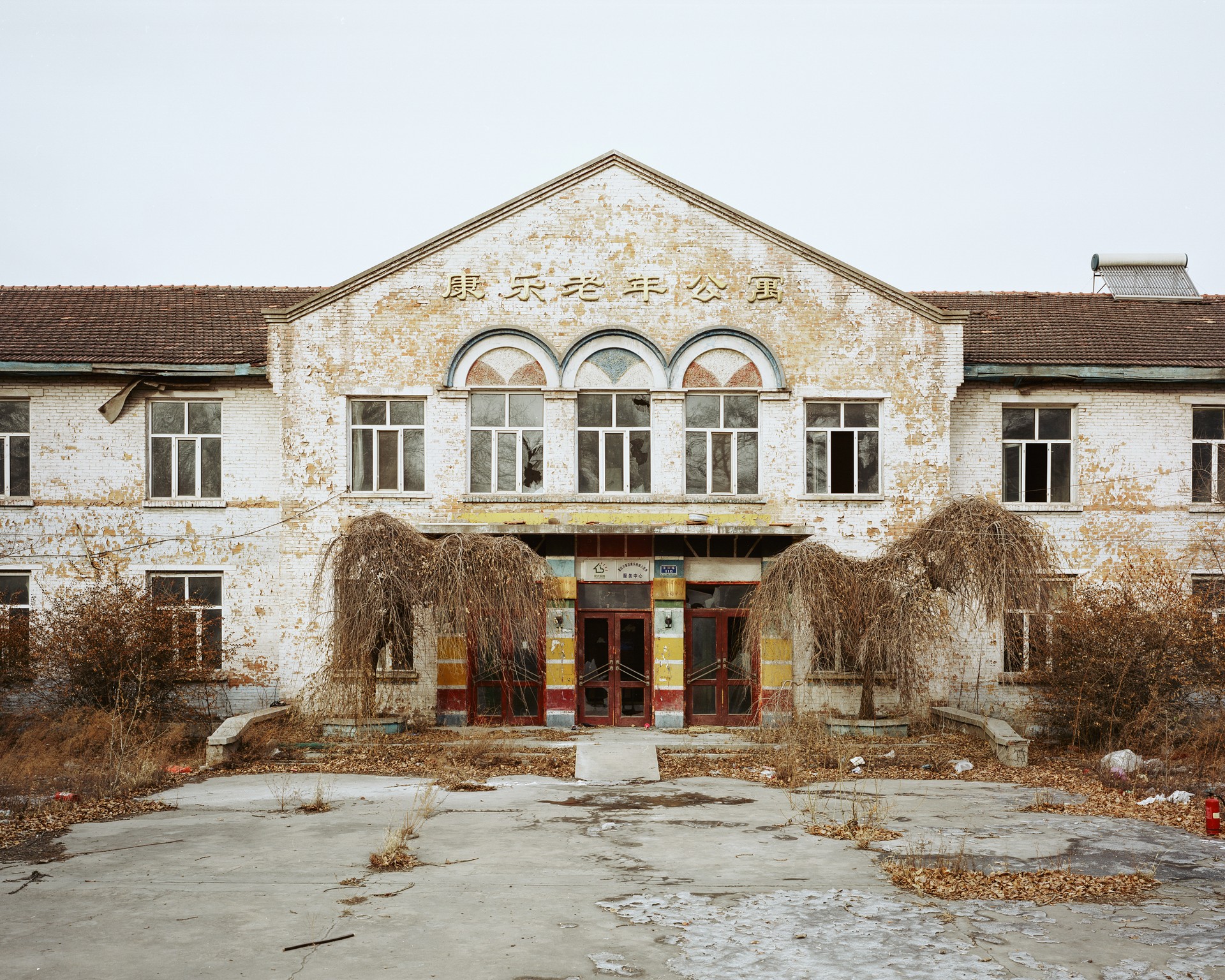
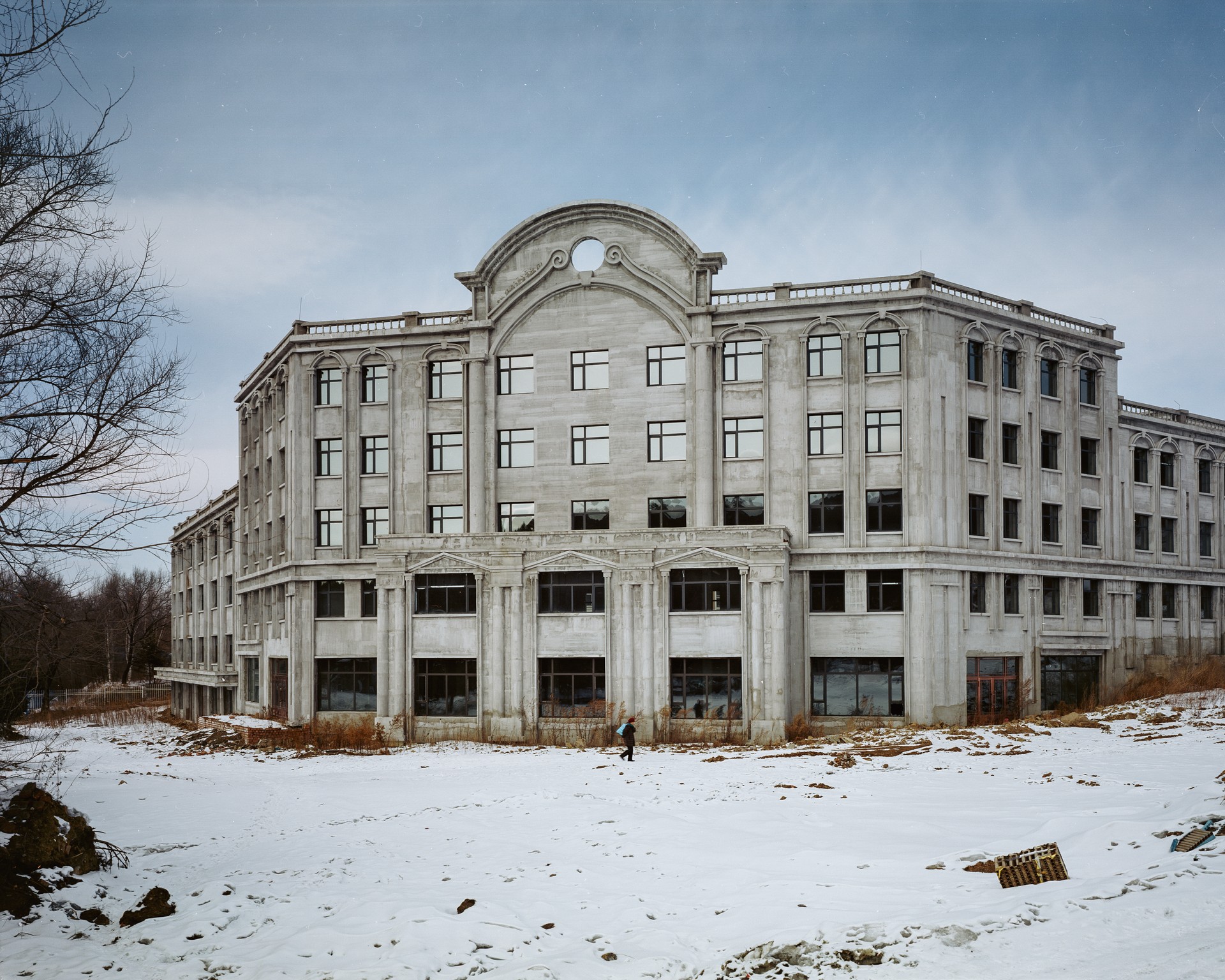
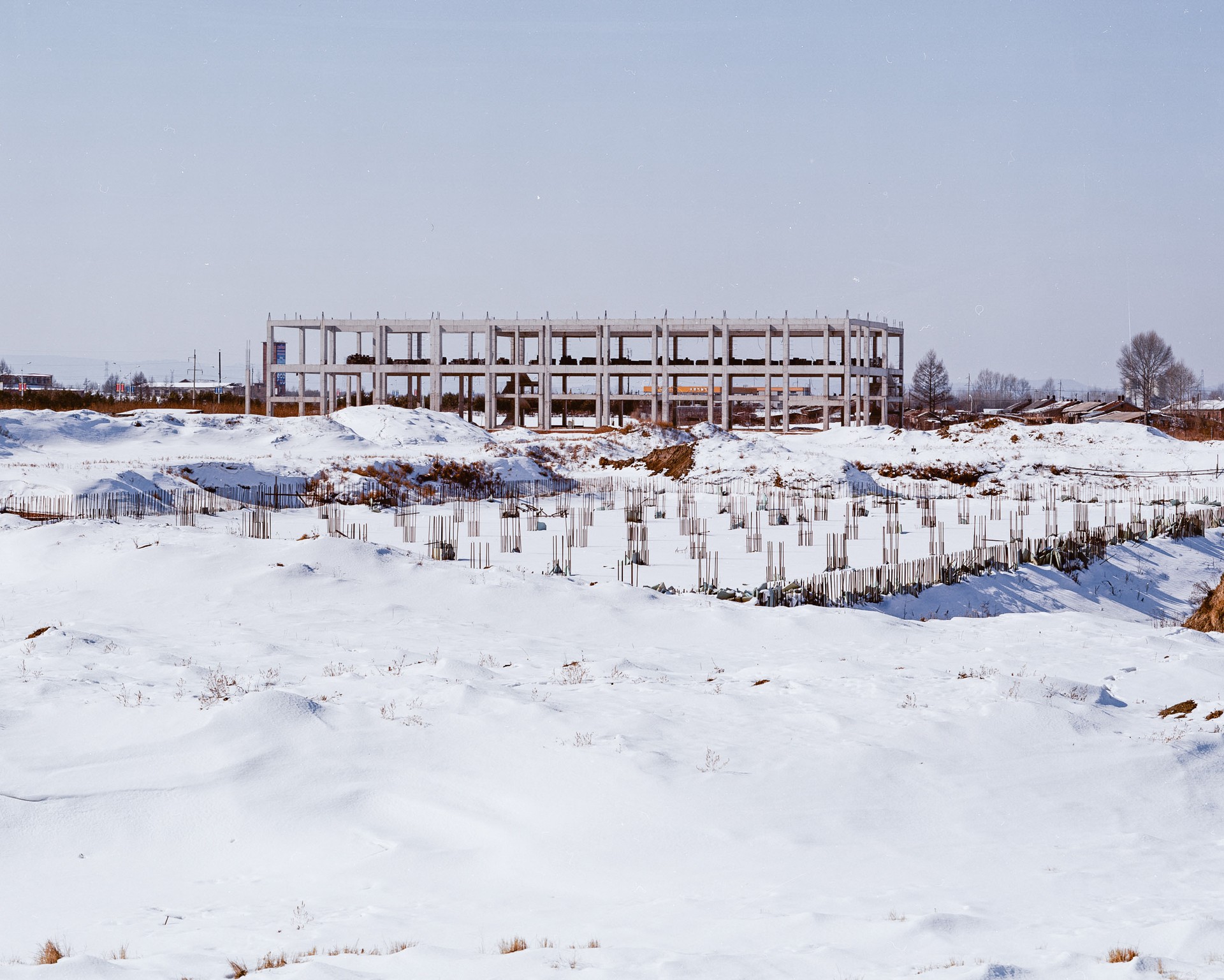
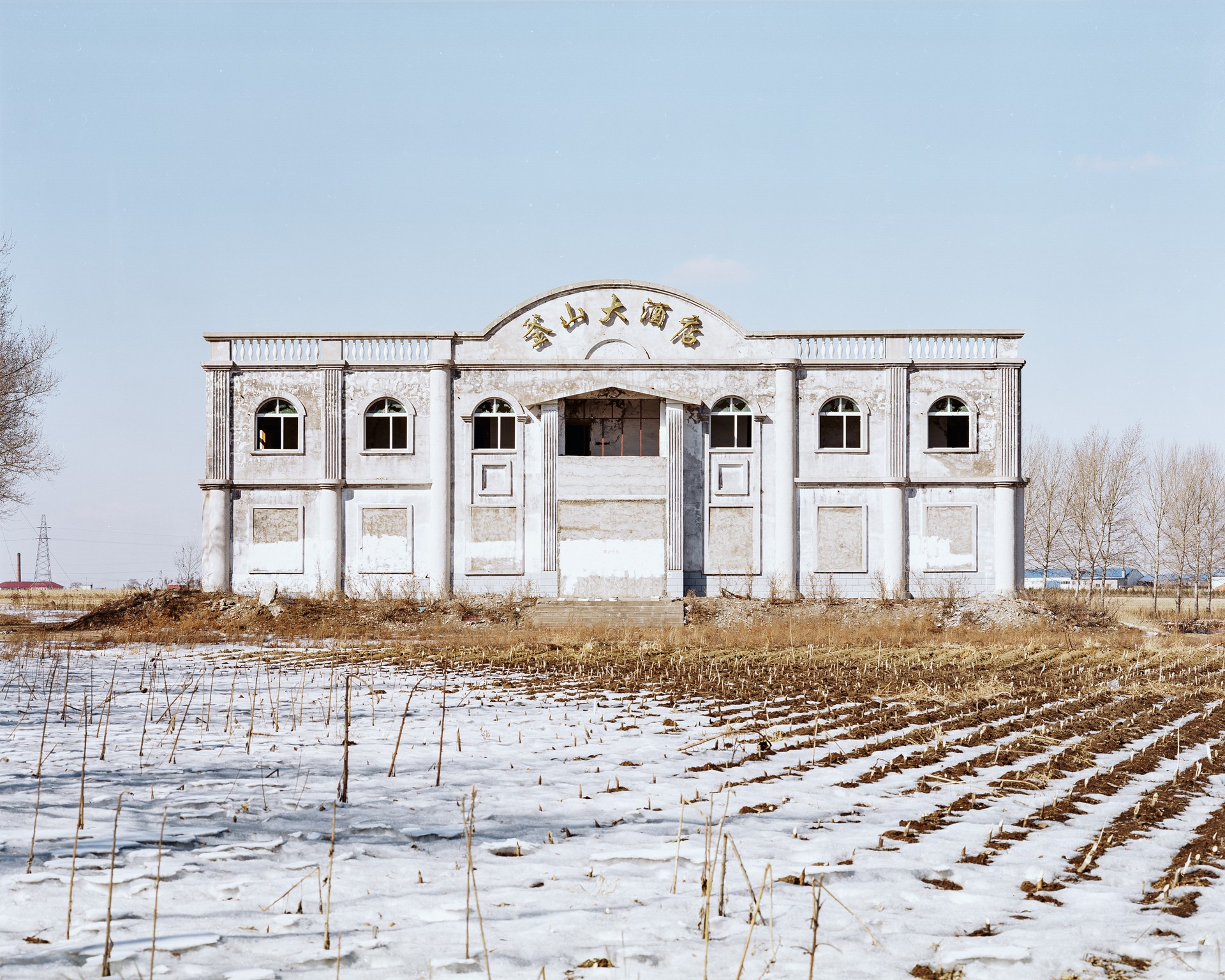
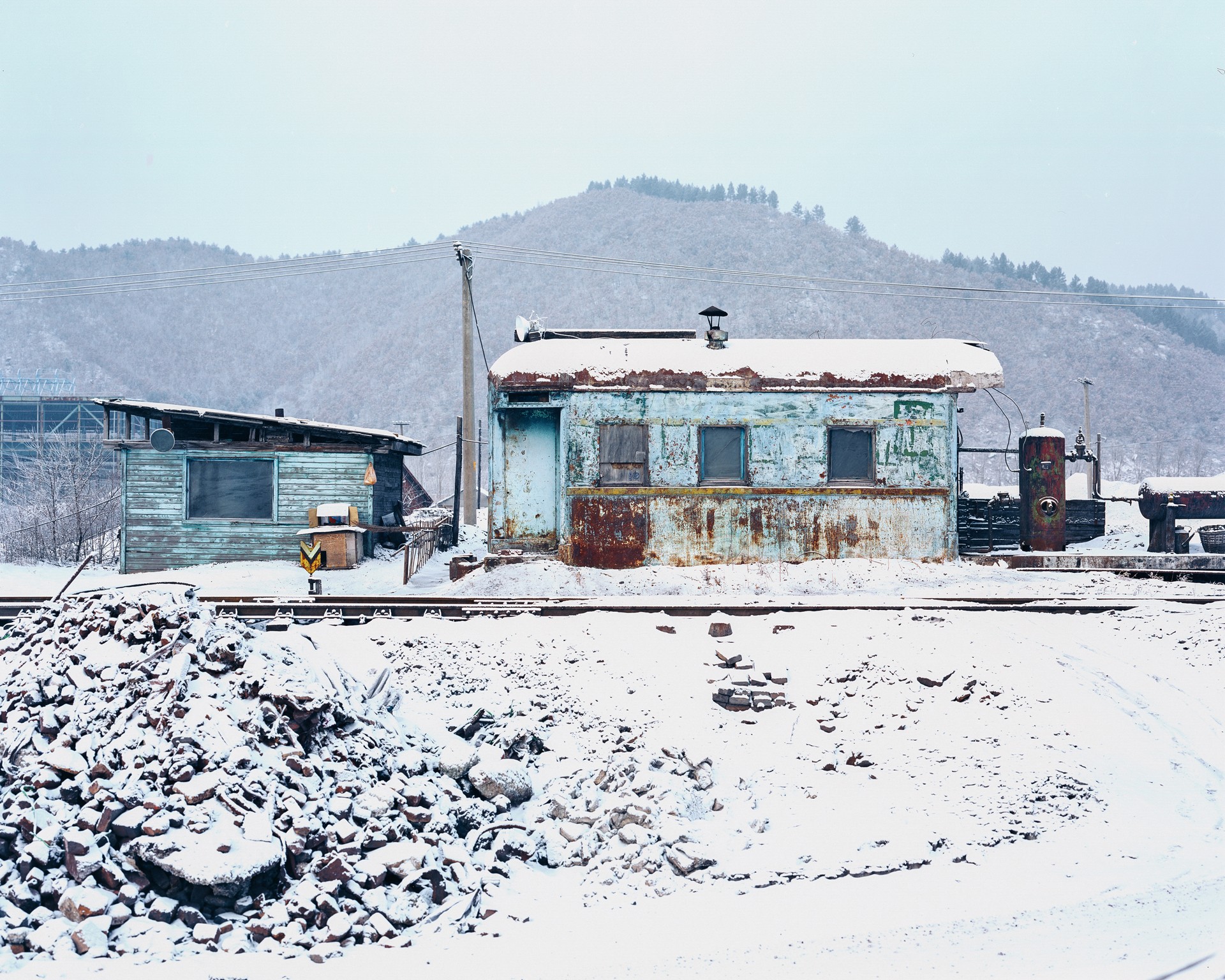
Those cities built around rich natural resources offer another example of this phenomenon. Yichun, in the far northeastern corner of China, recently banned loggers from its forests in an attempt to preserve what’s left of its timber resources. This decision has cost the region its traditional economic engine: Timber yards now sit empty, and residents have been forced to seek work elsewhere. Although the local government has tried to pivot toward tourism, the climate, with its freezing winters and short summers, limits the number of jobs they can realistically create.
Not all shrinking cities resemble Fularji or Yichun, but most of them do sit at China’s economic periphery. Meanwhile, regional urban hubs remain attractive, offering a wide variety of work opportunities and attracting new residents. The more these cities grow, the more those on the periphery will continue to shrink.
Longjing, a county seat located near the North Korean border, offers a particularly striking example of the phenomenon. The area is home to a large population of ethnic Koreans, and for many years, residents have traveled to South Korea or other countries in search of work, dramatically shrinking the region’s population. Other residents found jobs in large cities such as Beijing, Shanghai, or Guangzhou, while still more left for the northeastern city of Qingdao, which is home to a number of Korean businesses.
Yet in the ashen landscape of many postindustrial northeastern cities, the verdant shoots of emerging subcultures poke through. In 1970s Britain, the declining fortunes of Manchester, Liverpool, and Sheffield spawned era-defining music, art, and literature. In Northeast China, livestreaming and MC culture have become two of the region’s calling cards, helping residents cope with the boredom and monotony of urban life.
Meanwhile, those who have left these shrinking cities behind are forming new ties and even carving out spaces for themselves in their new homes. Ethnic Koreans from Longjing have formed a new community in the eastern city of Yiwu, and some of those who have moved abroad have done the same. Behind them lie hulking carcasses of concrete and steel, smog-choked paeans to China’s industrial past that now edge ever closer to the scrap heap of history.
